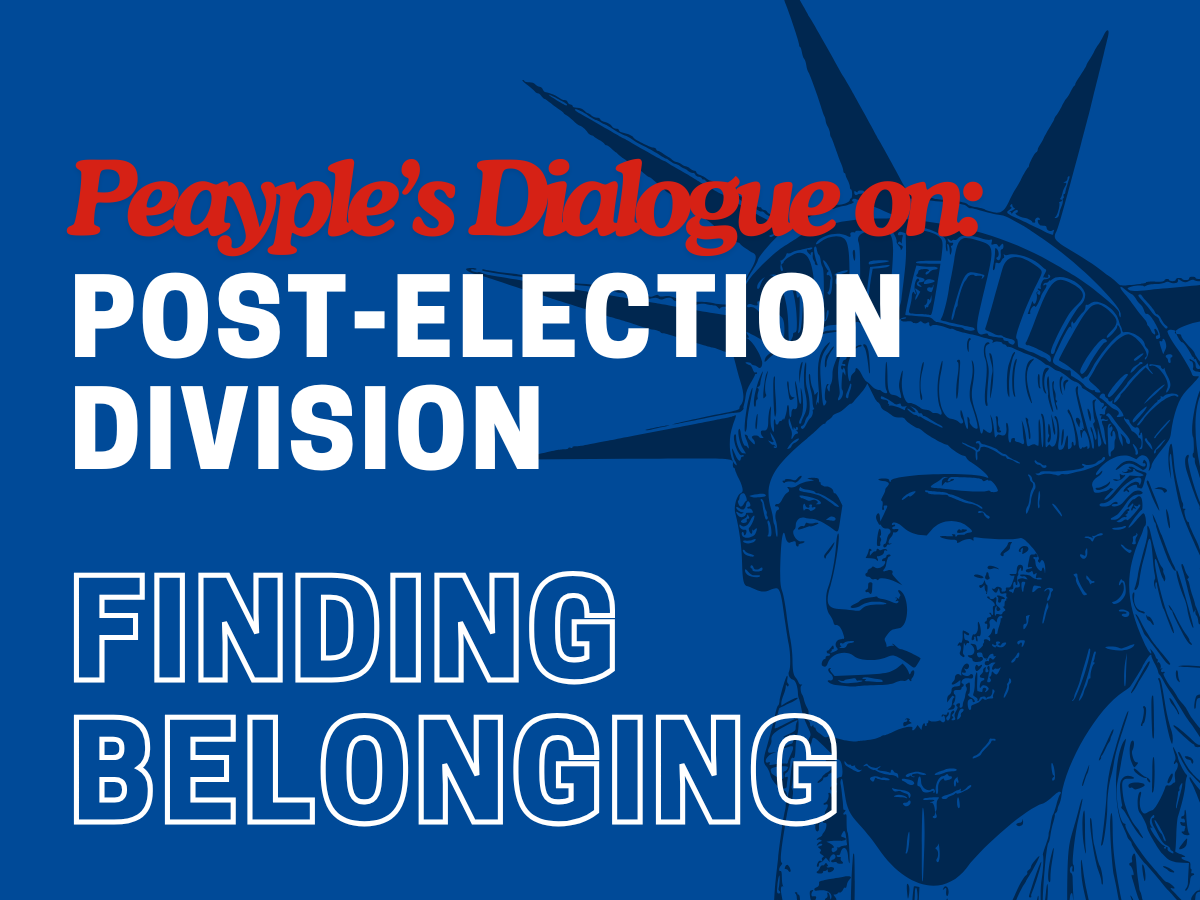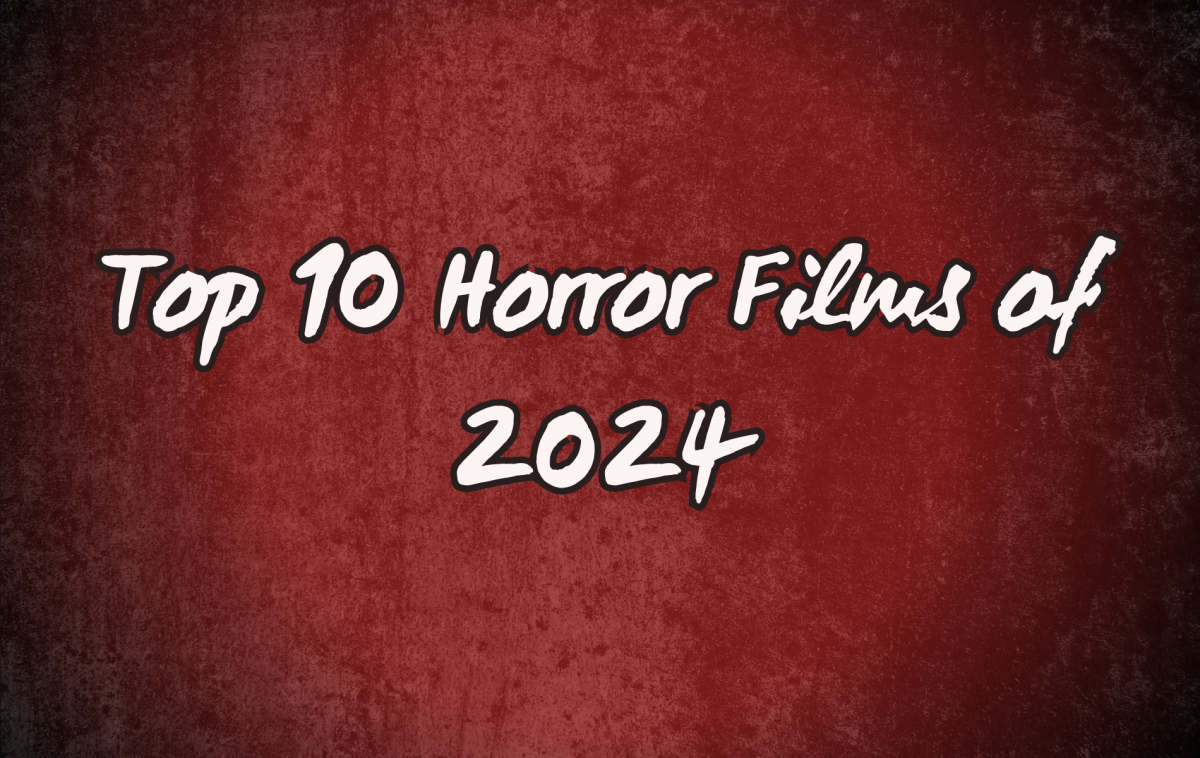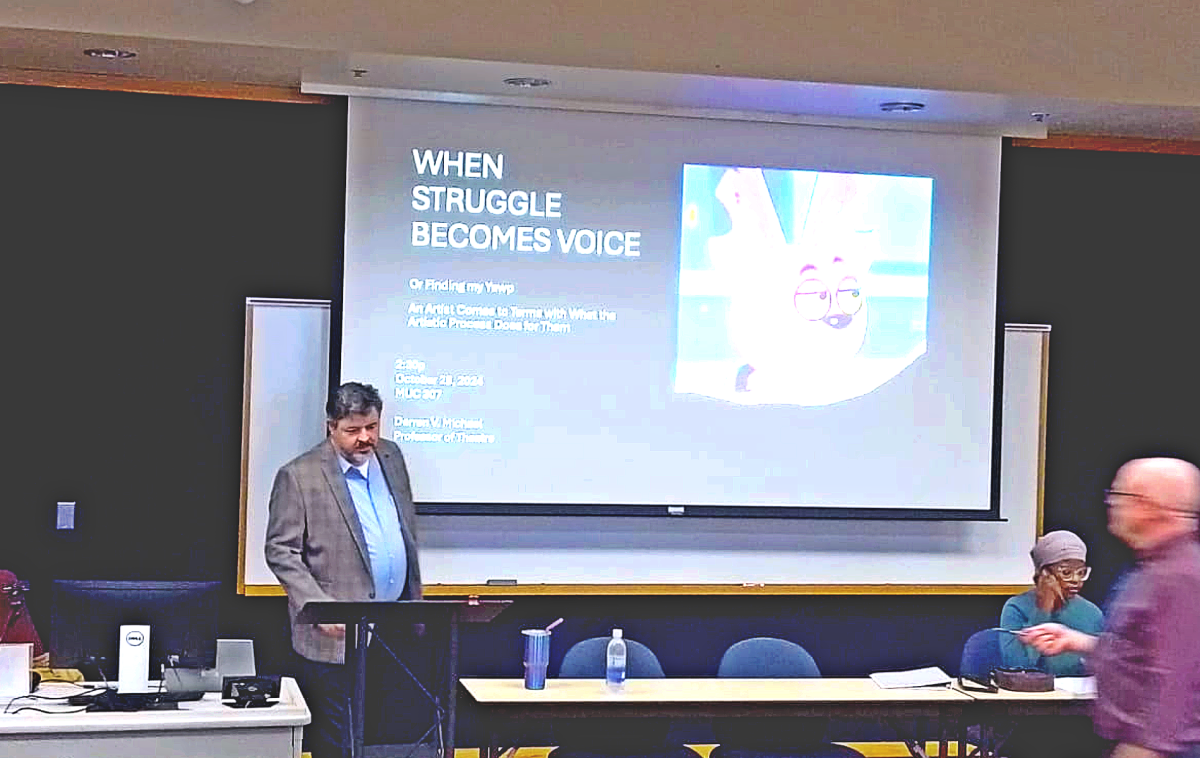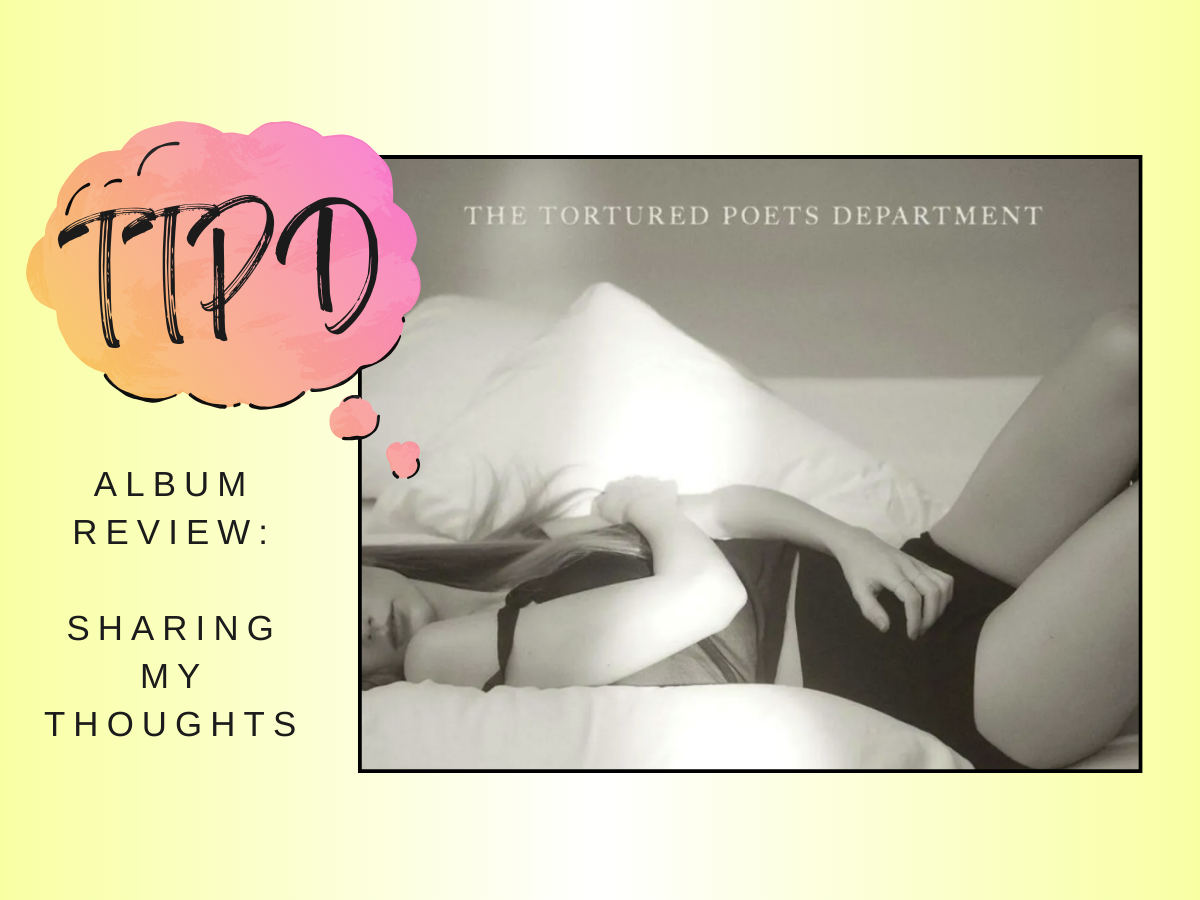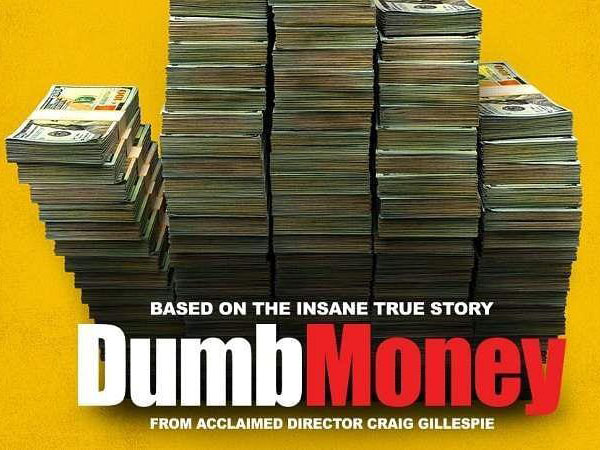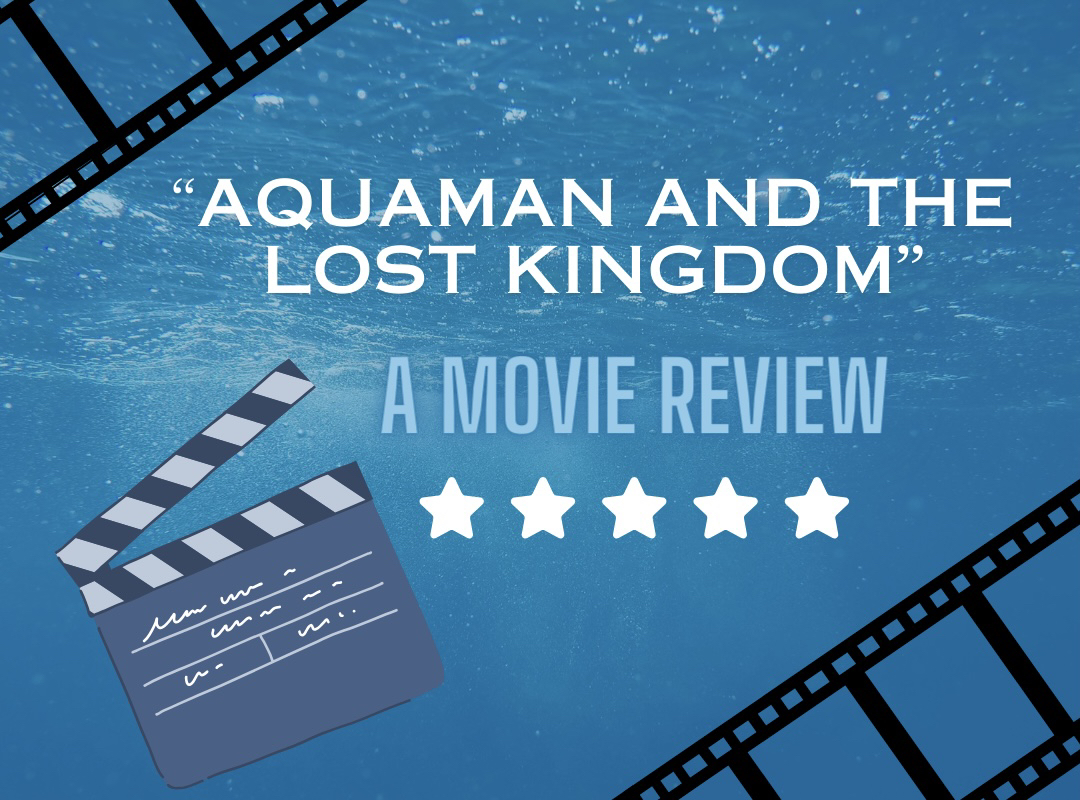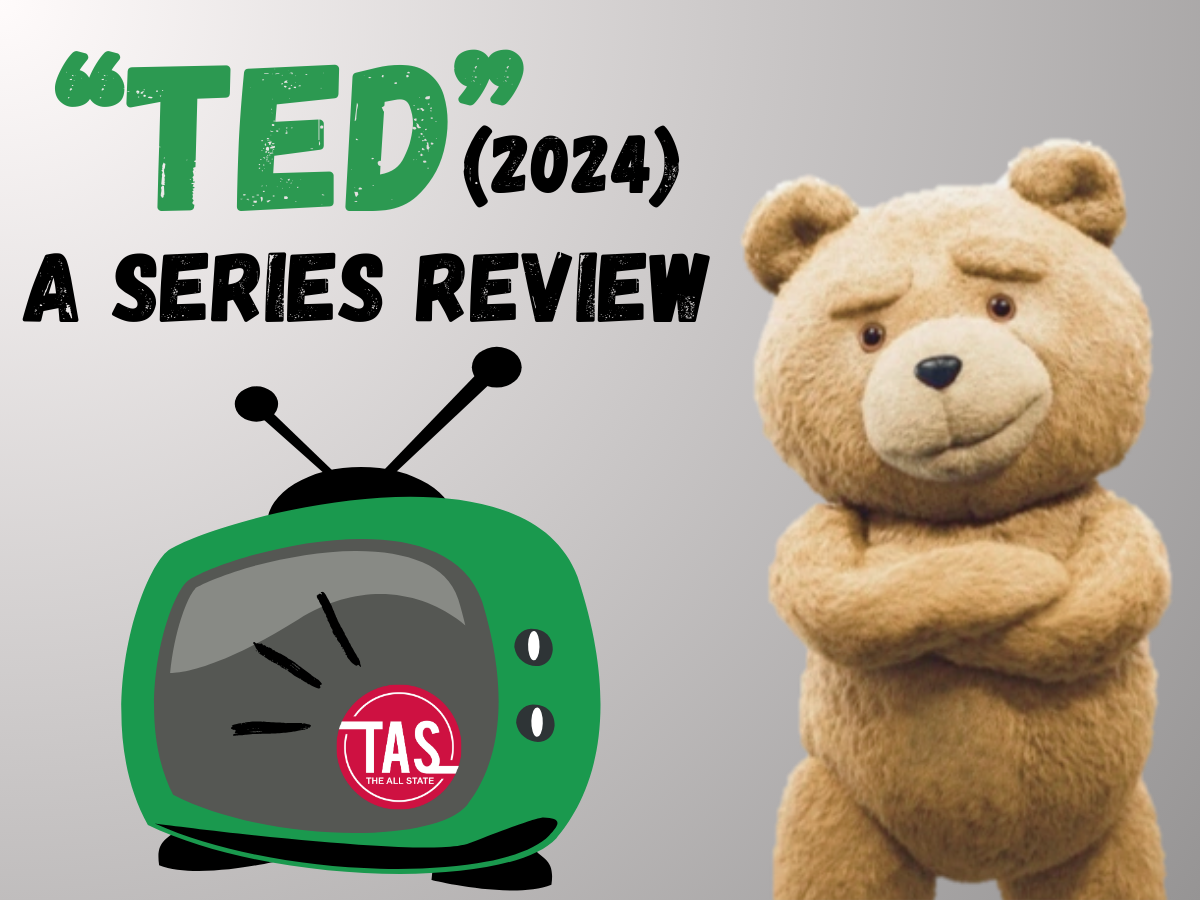Billie Eilish released her first hit single “Ocean Eyes” when she was 13-years-old. And the rest is history—or so one would think.
“Billie Eilish: The World’s a Little Blurry” chronicles the production of Eilish’s debut album “When We All Fall Asleep, Where Do We Go?” The film touches on the singer’s songwriting process, her personal relationships and the reality of her mental health behind the scenes. Concert footage interjects the film to reflect the gradual progression of her music career.
Documentaries about pop stars risk sounding redundant and uninspired when playing an artist’s music. It often feels less like the music tells us about the artist but more like it is telling us, “Here’s a familiar song to make you like this film by default.”
Where “The World’s a Little Blurry” succeeds is how the songs tell Billie’s story without solely relying on her cultural prowess. Since the documentary is about how a musical synesthete views her world, it makes sense to incorporate which songs reflect the bigger picture.
There are instances where her fans chant the lyrics of her songs, those of which reflect very dark themes. Fans sing “I Don’t Wanna Be You Anymore” while waiting in a line outside. When Billie gets too choked up to sing “I Love You,” the crowd screams and continues singing. While it shows the enormous admiration for Billie, it also unnervingly glosses over the emotional core of her songs.
The most prominent use of musical storytelling applies to how the documentary portrays Billie’s toxic relationship with her boyfriend “Q.” After a performance of “Party Favor,” the documentary cuts to Billie discussing her relationship issues. During an argument with “Q” on the phone, the songs “Bury a Friend” and “I Love You” are superimposed over the dialogue. All three of these songs reflect loss, be it death or a break-up.
The songs “Xanny” and “When the Party’s Over” foreshadow the end of their relationship. “Xanny” is a song about the romanticization of drug culture, and “Q” demonstrates similar self-destructive behavior off-screen. Billie coos the lyrics to him while getting dressed, and he loves the song without noticing how it applies to his actions.
“When the Party’s Over” is a song about struggling to put a toxic relationship to an end. After a stressful Coachella performance, “Q” is both physically and emotionally unavailable for Billie. This results in an angry outburst, as well as a resulting meltdown in her brother’s arms.
At the center of the film is the O’Connell family dynamic. When I saw the first trailer for “The World’s a Little Blurry,” there was a scene where Billie talks about being alone. Cut to her father looking into the camera like he is in “The Office.”
While that bit was hilarious, there is a wistful undertone present. No parent wants their child to leave the nest, and whether they want to admit it or not, their children do not want to either. However, when you are one of the biggest pop superstars in the world, you have no choice but to wean yourself from your bubble.
I knew from that single moment the film would be a family drama. Throughout the documentary, you get a glimpse of how protective and patient Eilish’s family is towards her. Her brother serves as the rock she relies on whenever she is emotionally labile. Her mother offers as much support as she can while showing the toll it takes on her. Even her father turns a funny story about blowing water out of his nose into an observation about how fragile we are as a species.
One of the misconceptions about Billie Eilish’s image is that her music is depressing or that she made depression look trendy. Her mother immediately shuts the claim down by saying, “Kids are depressed.”
Billie addresses the surprising amount of stigma towards mental illness in contemporary America. The reason for this is because mental health is popular to talk about, but mental illness is not. Self-care is a profitable thing to promote. Someone’s mental health is not a lucrative business when their illness encapsulates “unattractive” symptoms.
“The World’s a Little Blurry” pulls no punches in portraying the extent of Billie’s mental illness. She candidly discusses her experiences with self-harm and suicidal thoughts. The film cuts from her family’s celebration of the Grammy nominations to her playing “Listen Before I Go” on the piano. It never treats her mental illness as though it is either convenient for her creativity or easily managed post-success. It is an ongoing battle that no amount of fame or adoration can overcome.
However, it does not indulge in the darker topics to purposefully conjure an emotionally resonant atmosphere. The rollercoaster ride of emotions is as authentic as one can experience through a documentary. There is an equal amount of highs and lows to varying degrees, but it all leads to a satisfactory conclusion. Nothing is magically resolved within her life but there are so many good things ahead.
“The World’s a Little Blurry” is a documentary that will immediately appeal to fans of Eilish’s music. However, it will not exclude newcomers or feed her dedicated fanbase unsubstantive fluff. It pulls you in with the tense premise of being one of the biggest superstars at 17-years-old. It keeps you watching for the emotional storytelling and personal growth throughout the film. It leaves you feeling more hopeful for this young girl’s future.
Life is good.




